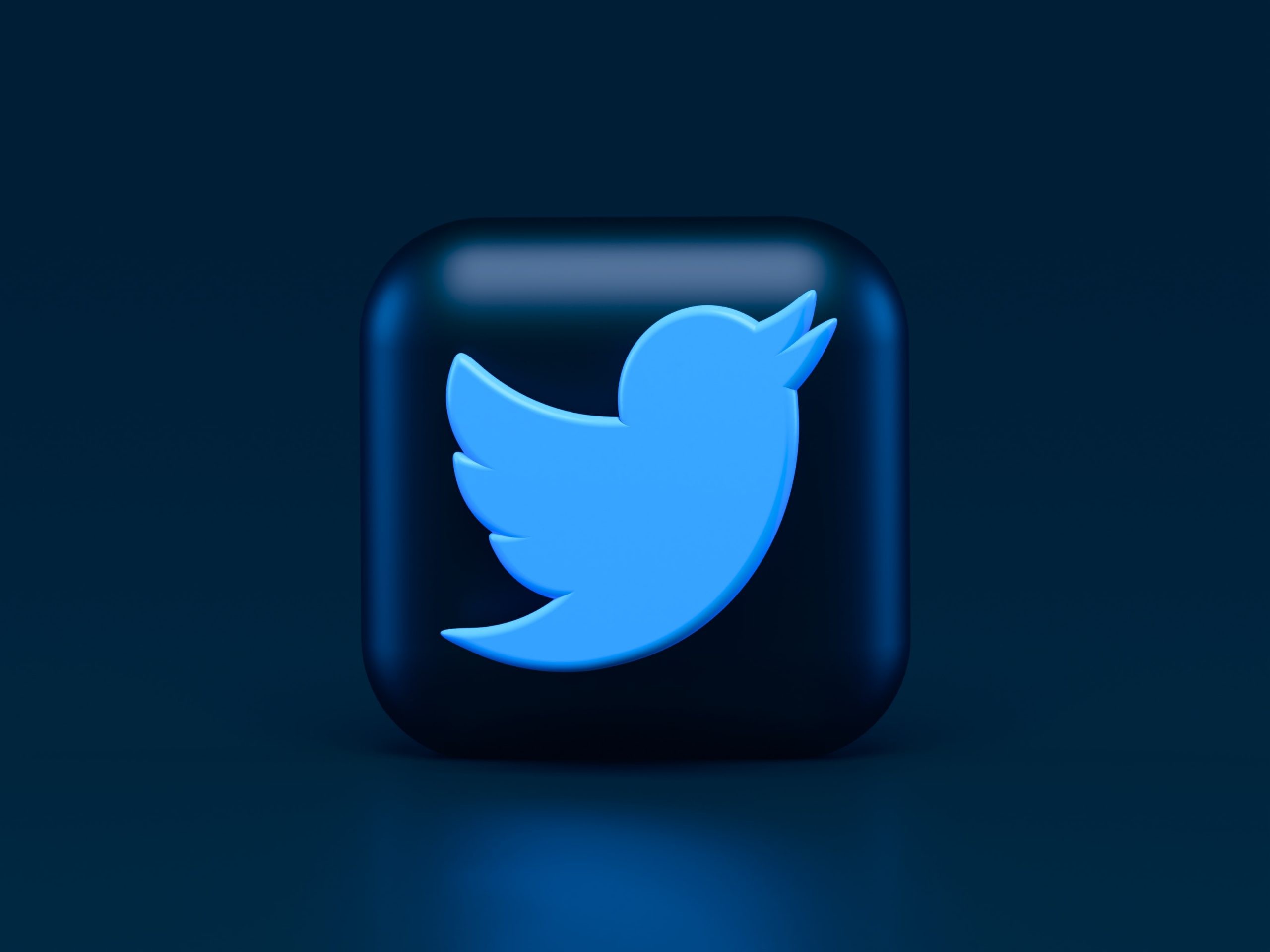Maximizing Business Reach: How Twitter Marketing Can Boost Your Brand's Online Presence?
The first step in Twitter marketing is to grab the attention of your target audience. This can be done by creating engaging content that stands out in a user’s timeline. Use attention-grabbing headlines, images, or videos to capture the user’s attention and encourage them to engage with your content.
Once you have grabbed a user’s attention, the next step is to pique their interest in your brand. Use your tweets to share valuable content that is relevant and interesting to your target audience. This can include industry news, how-to guides, or helpful tips and tricks. By providing value to your followers, you can build their interest in your brand and establish yourself as a thought leader in your industry.
The third step is to create desire for your brand. This can be done by showcasing your unique value proposition and highlighting the benefits of your products or services. Use Twitter to share customer success stories, case studies, or product demos to demonstrate the value of your offerings. By creating desire for your brand, you can encourage your followers to take action and engage with your brand further.
The final step is to encourage your followers to take action. This can include clicking on a link to your website, making a purchase, or signing up for a newsletter. Use calls-to-action (CTAs) in your tweets to encourage your followers to take the desired action. Make it clear what you want your followers to do and use active language to encourage them to take action.
In today’s fast-paced digital age, it’s more important than ever for businesses to have a strong online presence. One of the best ways to achieve this is through effective social media marketing, and Twitter is an excellent platform for businesses to reach their target audience and grow their brand.
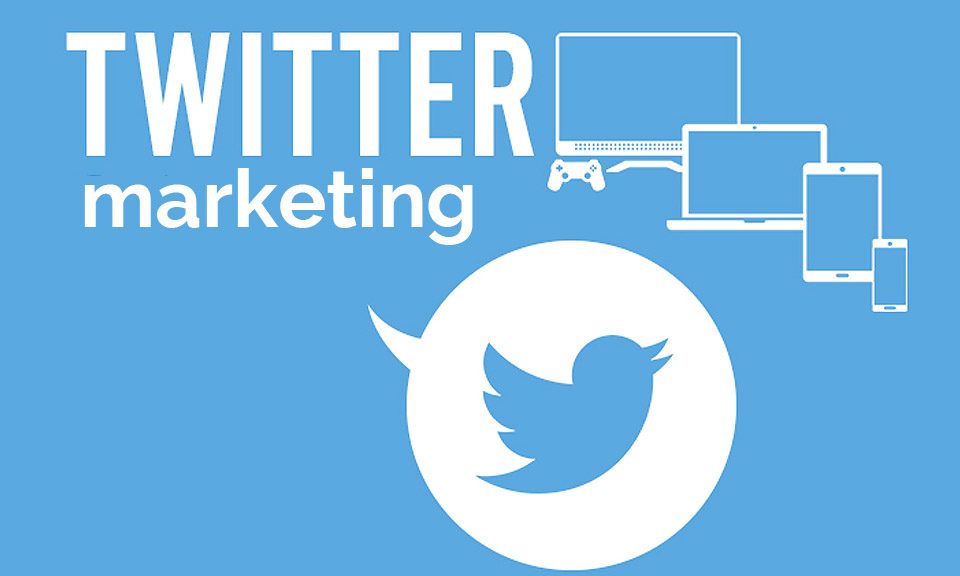
In this blog post, we’ll discuss how Twitter marketing can help businesses maximize their reach and boost their online presence.
1. Targeted Advertising
One of the key benefits of Twitter advertising is its targeting capabilities. With Twitter Ads, businesses can create highly targeted campaigns based on a user’s interests, behaviors, and demographics. This means that businesses can reach their ideal audience with relevant content, leading to higher engagement rates and conversions.
2. Real-Time Engagement
Twitter is known for its real-time updates and fast-paced conversations. Businesses can take advantage of this by actively engaging with their followers, responding to customer inquiries, and joining trending conversations related to their industry. By doing so, businesses can build stronger relationships with their audience and increase brand loyalty.
3. Hashtags
Hashtags are a powerful tool on Twitter, allowing businesses to categorize their content and make it easier for users to find. By including relevant hashtags in their tweets, businesses can reach a wider audience and increase the visibility of their content. It’s important to use hashtags strategically, choosing ones that are popular within the industry and align with the brand’s messaging.
4. Influencer Marketing
Influencer marketing has become a popular trend on social media, and Twitter is no exception. By partnering with influential users on Twitter, businesses can tap into their audience and gain access to a wider reach. It’s important to choose influencers that align with the brand’s values and messaging, and to ensure that the partnership is authentic and not overly promotional.
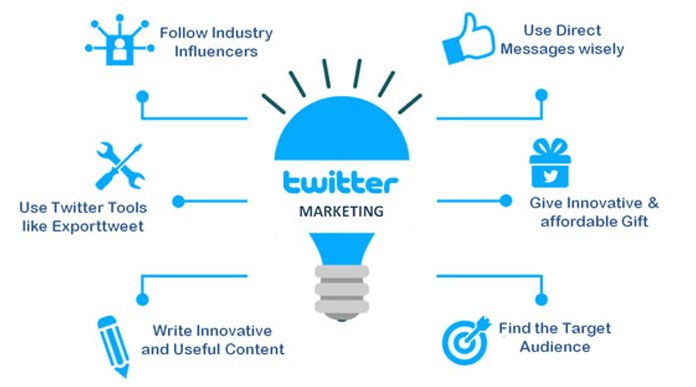
5. Twitter Analytics
Twitter offers robust analytics tools that allow businesses to track their performance and optimize their strategy. By analyzing metrics such as engagement rates, follower growth, and click-through rates, businesses can identify areas of improvement and adjust their strategy accordingly. This allows businesses to continually improve their Twitter marketing efforts and maximize their reach.
6. Twitter Chats
Twitter chats are a great way for businesses to engage with their audience and build a community around their brand. Twitter chats are typically focused on a specific topic or theme and are held at a designated time using a specific hashtag. By participating in relevant Twitter chats, businesses can increase their visibility, connect with their audience, and establish themselves as thought leaders in their industry.
7. Customer Service
Twitter is also a valuable platform for customer service. Many users turn to Twitter to seek assistance or voice their concerns about a product or service. By actively monitoring and responding to customer inquiries on Twitter, businesses can demonstrate their commitment to customer satisfaction and build trust with their audience.
8. User-Generated Content
Twitter is a great platform for user-generated content (UGC). Businesses can encourage their followers to create and share content related to their brand using a specific hashtag. This not only increases engagement and brand awareness, but it also helps to humanize the brand and build a sense of community around it.
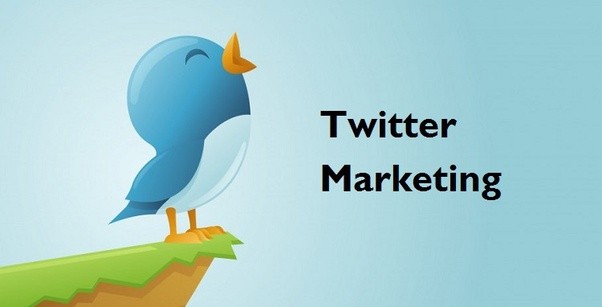
9. Newsjacking
Newsjacking is the practice of leveraging trending news or events to promote a brand’s message or product. Twitter is a great platform for newsjacking, as it allows businesses to quickly join the conversation around a trending topic and reach a wider audience. However, it’s important to be sensitive to the topic and ensure that the message aligns with the brand’s values and messaging.
10. Cross-Promotion
Finally, businesses can maximize their reach on Twitter by cross-promoting their content across other social media platforms. By sharing their Twitter content on Facebook, Instagram, LinkedIn, or other platforms, businesses can reach a wider audience and drive more engagement.
Overall, Twitter marketing is a valuable tool for businesses looking to maximize their reach and boost their online presence. By leveraging the platform’s features and capabilities, businesses can effectively engage with their audience, build brand awareness, and drive conversions.
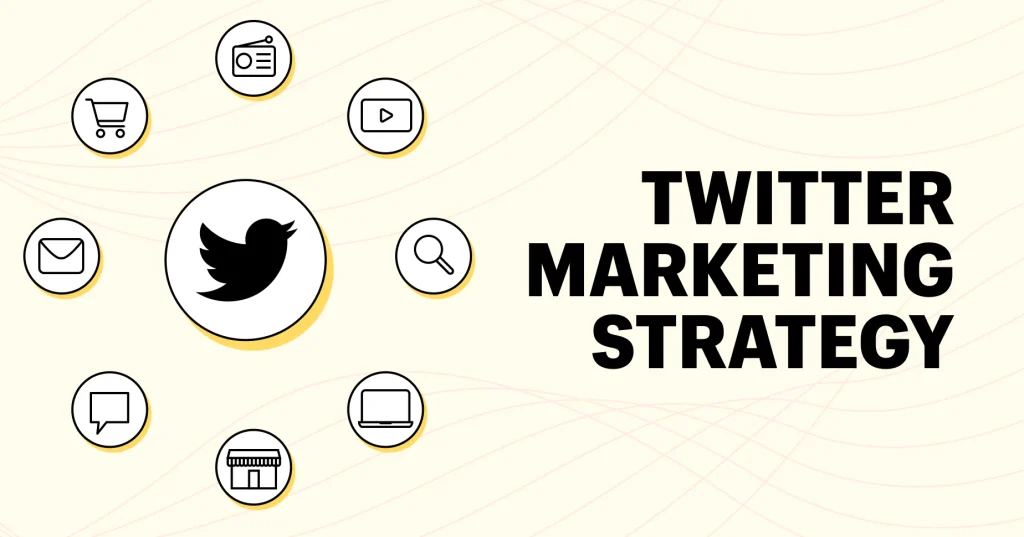
You may also like:
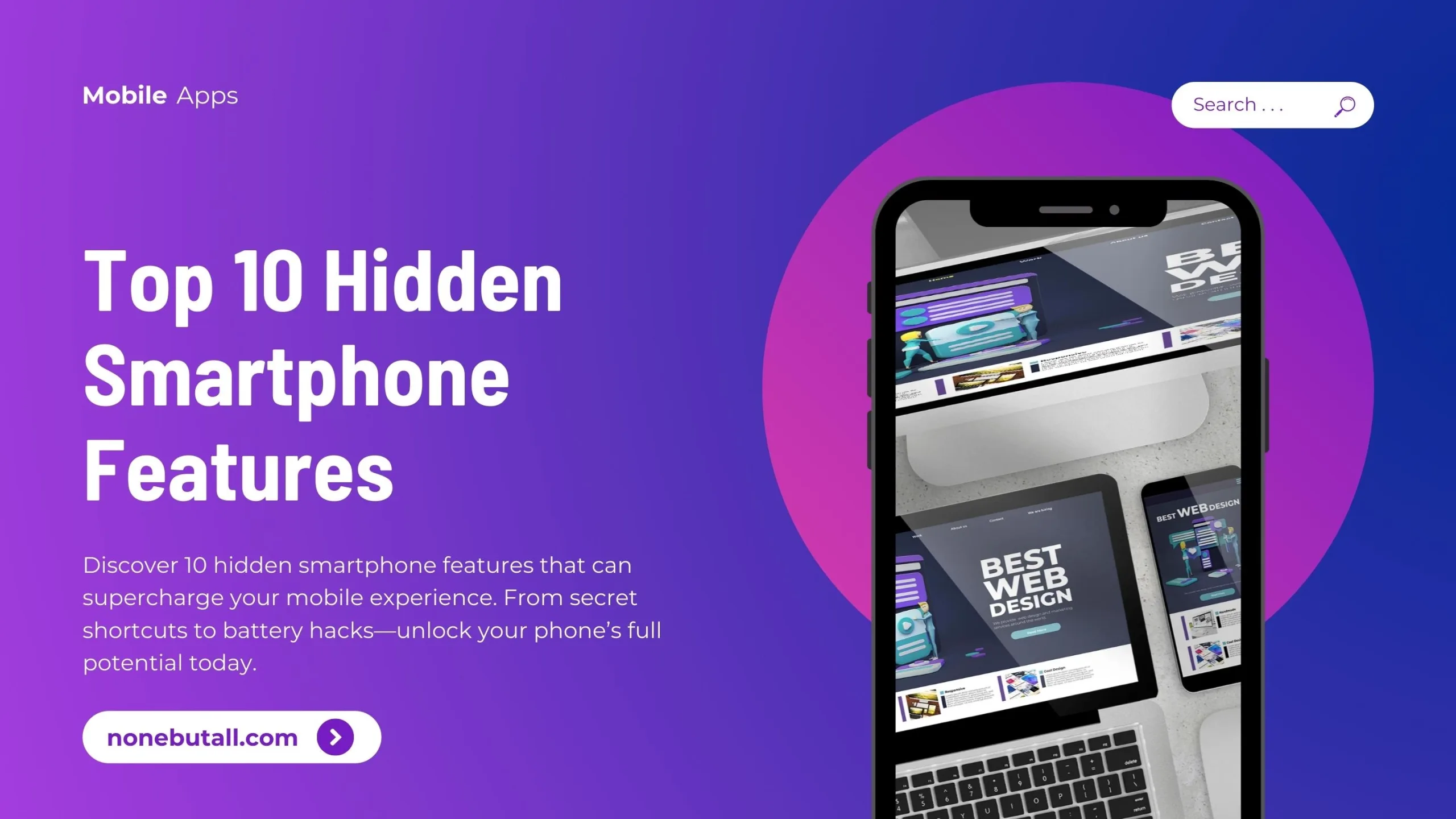
Top 10 Hidden Smartphone Features You’re Not Using (But Should Be) – Boost Your Mobile Experience Today
Top 10 Hidden Smartphone Features You’re Not Using (But Should Be) – Boost Your Mobile Experience Today
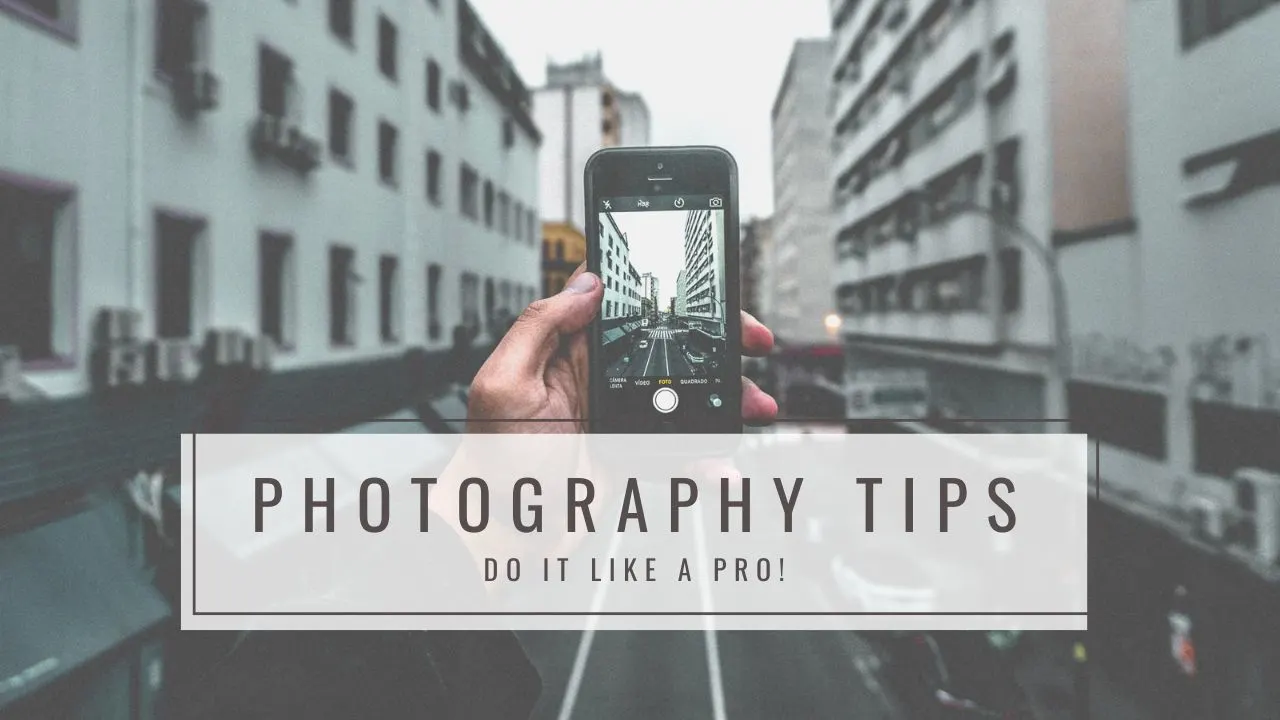
Top 10 Tips of Pro level smartphone photography : Turn Your Smartphone Into a Pro Camera
Top 10 Tips of Pro level smartphone photography : Turn Your Smartphone Into a Pro Camera

The 10 Common Behaviors That Damage Your Phone
The 10 Common Behaviors That Damage Your Phone
